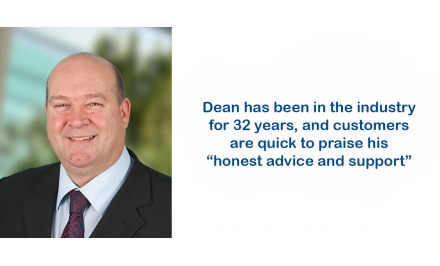News Blog
Keep up to date with the latest news, insights and features from the Adelphi Group of Companies
Ask the Expert: Filling Technologies
April 24, 2019
Filling Technologies
Adelphi Manufacturing‘s Sales Director Dean Willis answers the industry’s most relevant questions:
Which filling technology gives the greatest accuracy?
“All filling technologies have a measurable accuracy, but the decision to invest in a filler is based on more than just this factor. Empirically, we could say that Weigh Scale, Flowmeter and Volumetric, in that order, are currently the best technologies in the business for accuracy. However, the accuracy of each of these will be affected by the customer’s individual product(s). Some more viscous products or products containing particulates (such as chutneys) can be less successful at travelling along an inline pump into the Weigh Scale or Flowmeter fillers. This could mean that the filling accuracy could suffer, or that the product may not fill ‘equally’ – some jars of chutney could contain more liquid and some could contain more chunks”.
Is Weigh Scale filling always the most accurate, or do other filling techniques outperform it in certain applications?
“This will again depend on the customer’s product(s), and the way in which the feed of a product from a hose or tube into a Weigh Scale filler may meet resistance. This issue can be overcome in several ways. One of these is to use a pressure feed, which can add momentum to the pumping of the product along the tube, although this can sometimes incur additional expenses for the customer. Another solution can be to use a Volumetric filler, fed with a direct connection via a hopper, which removes the need for a tube entirely”.
Which is best – a Rotary or a Linear filler?
“Customer requirements would again dictate what’s best; customers should be treated very much on an individual basis. Again, empirically speaking, a Rotary filler will have a faster fill rate, which, for some customers, is their main concern. For large batch productions of one or two products, a Rotary filler will be the most successful option. However, for customers who are filling multiple products, or many variations of a similar product, the downtime required to strip, clean, flush, wash and re-set a Rotary filler could be prohibitive. An Inline (linear) filler can often offer a favourable overall production sequence, when taking the length and financial implications of cleaning downtime into consideration. As discussed above, adding elements to make a Rotary filler compatible with a certain product can sometimes incur additional costs”.
Does the decision to use one or the other just come down to speed, or do other factors come into play?
“Downtime and product are, generally speaking, the most important additional factors, as well as cost of course”.
How have filling lines moved on in the last 3-4 years?
“By about 50-60 fills per minute! Overall improvements have been made in accuracy and speed. Servo drives have become more popular. There is also greater all-round control for profile-filling products, teaching the machine the specific product type”.
Where is current innovation focused?
“It’s easiest to focus this answer on our work at Adelphi. We have a basic core of high quality machines, but with new industries and products being developed every day, our current focus is adapting to suit these. A notable example is Vaping, a market which has grown exponentially in recent years. As a group of companies, Adelphi are producing process equipment, storage/transport vessels and new machinery for filling, capping and labelling the specific containers and products of the Vaping industry.
Filling Technologies: Do you have a question for Dean? Email him here >>>


